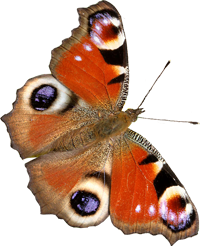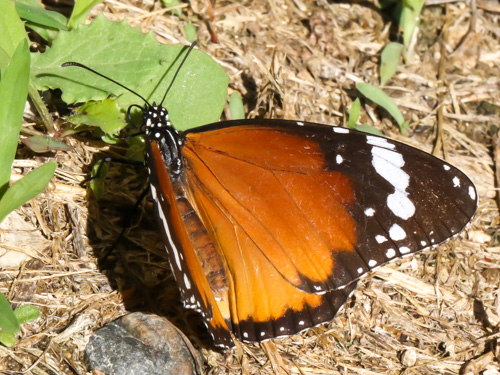
Rhodes, Greece October 2018
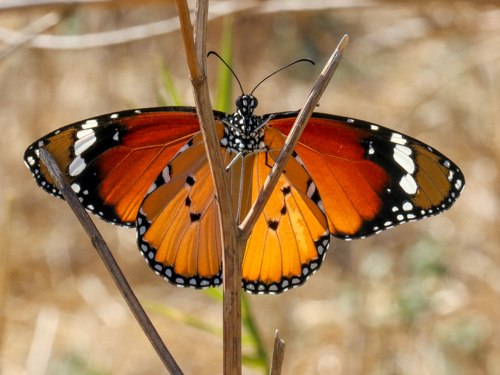
Crete, Greece, October 2017
Field notes and information
Clearly a relative of the well known monarch, D. plexippus, this species is slightly smaller. Rather more widespread but very scarce in coastal areas of the Mediterranean from Spain to Greece. It has a world wide distribution, I've found it in Europe, Africa, India, parts of Thailand and also tropical east coast of Australia. This must make it one of the most widespread species in the world!
Identification & Similar species: There is almost no variation recorded across its vast worldwide range. There are exceptions in a few places such as east Africa where additional forms are present and appear to be controlled by Mendelian genetics - why the effect is localised is not clear.
Distribution & Flight: Mediterranean coasts from Spain, where it is most frequent, to Greece, but absent from large parts of the cost. North Africa in Morocco to Tunisia where it can be found well inland. Seemingly greatly reduced in the Canary Islands now. Flies at all times of the year, with a period of relative inactivity in winter.
Habitat & Behaviour: A powerful species, roaming widely. Frequents hot dry places.
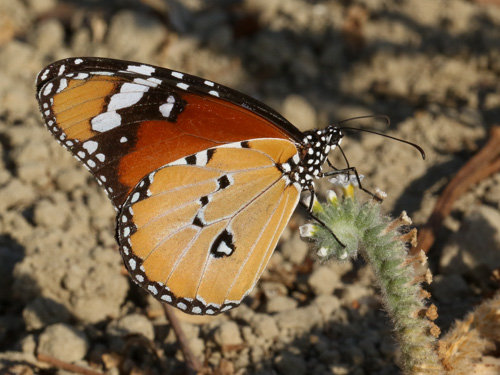
Crete, Greece, October 2017
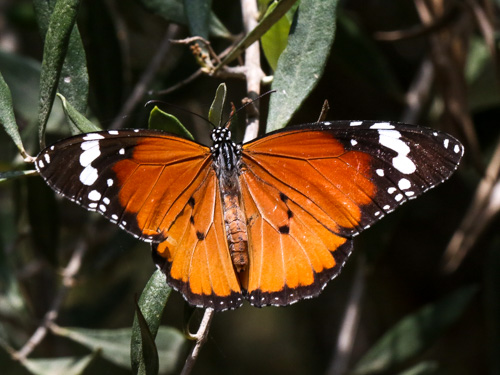
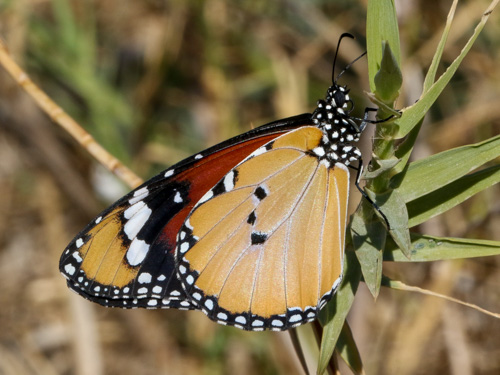
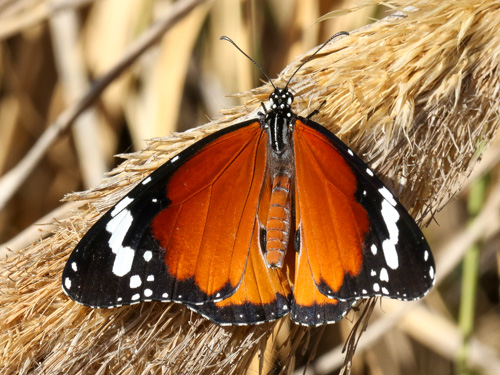
Crete, Greece, June 2018
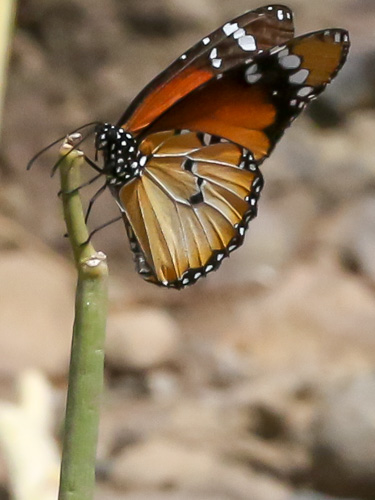
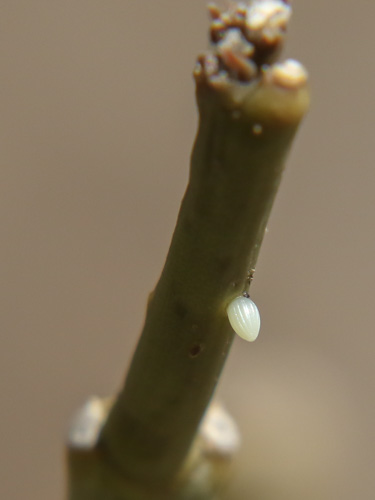
Tenerife, Spain, August 2021
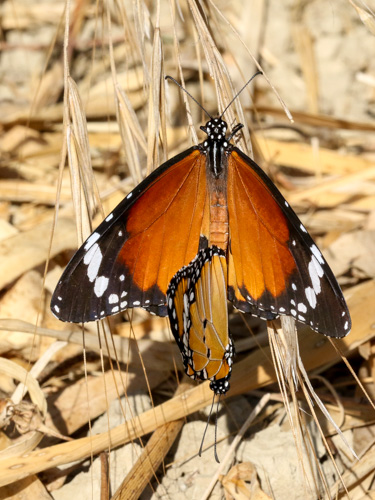
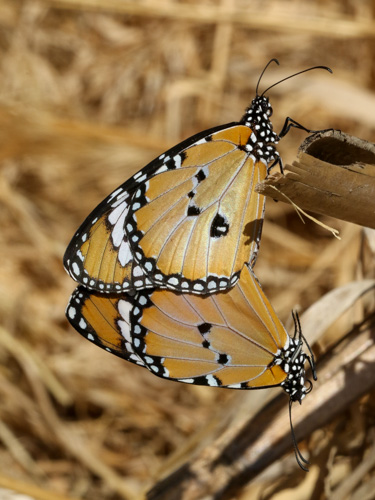
Crete, Greece, October 2017
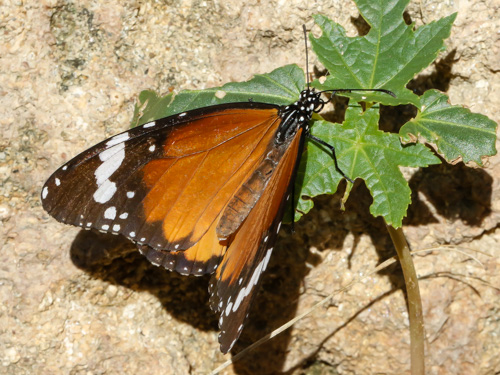
Rhodes, Greece October 2018
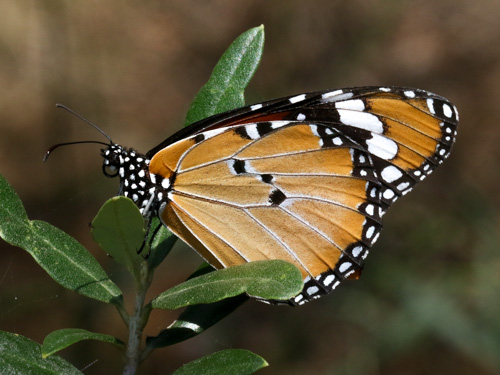
Crete, Greece, June 2018
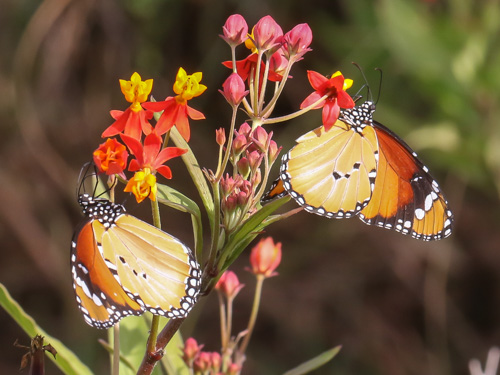
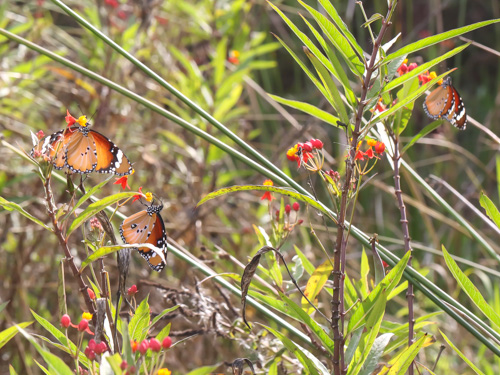
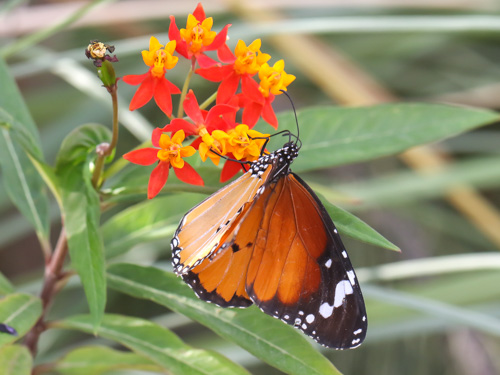
Malaga, Spain, October 2021
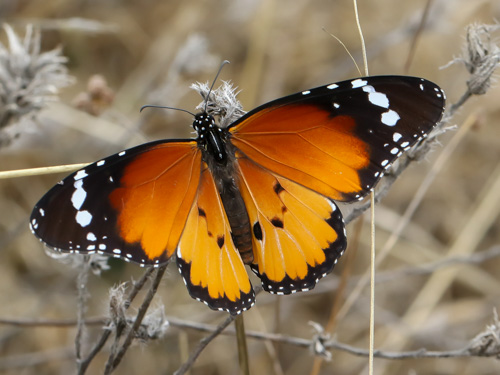
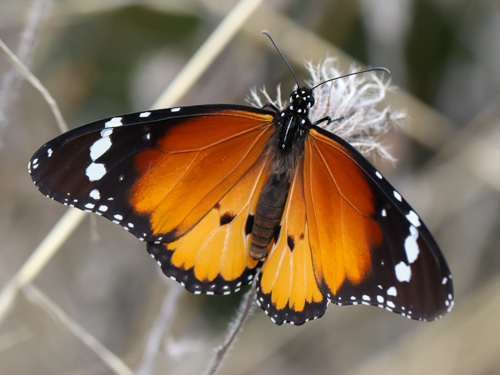
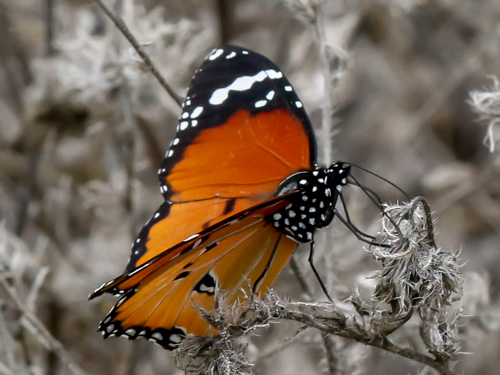
La Gomera, Spain, August 2021
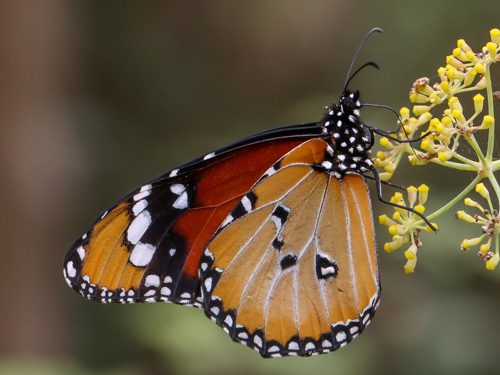
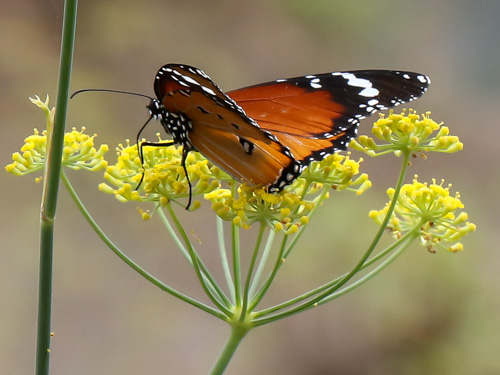
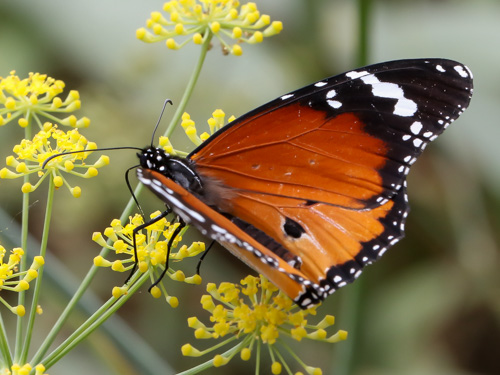
La Gomera, Spain, August 2021
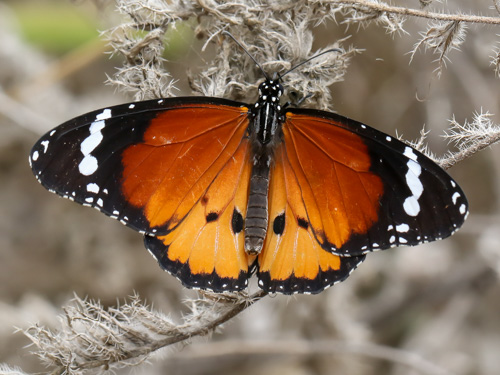
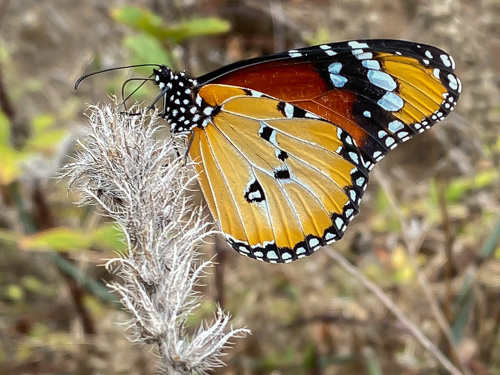
La Gomera, Spain, August 2021
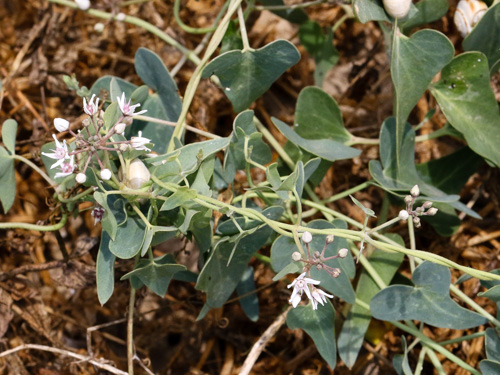
Crete, Greece, June 2018
Larval food plant in flower, stranglewort, Cynanchum acutum.
